Some musical instruments are rare and have a unique charm. Over time, these instruments have gained appreciation not just in sound but also in value. These instruments carry history and artistry that make them special for collectors and musicians. As more people recognize their worth, their prices rise. Here, we’ll explore a few obscure music instruments that have steadily appreciated in value.
Theremin

The Theremin, one of the first electronic instruments, is famous for its eerie, sci-fi-like sounds. Invented in the 1920s by Léon Theremin, it’s played without physical contact, using the player’s hands to manipulate electromagnetic fields. Originally considered a novelty, the Theremin has become a sought-after collector’s item. Vintage models, especially those from RCA’s 1930s production, have increased in value. Early models that were once sold for $175 can now fetch between $1,500 to $5,000, depending on their condition. Modern high-end Theremins, like those made by Moog, can also command prices of $1,000 or more.
Chapman Stick
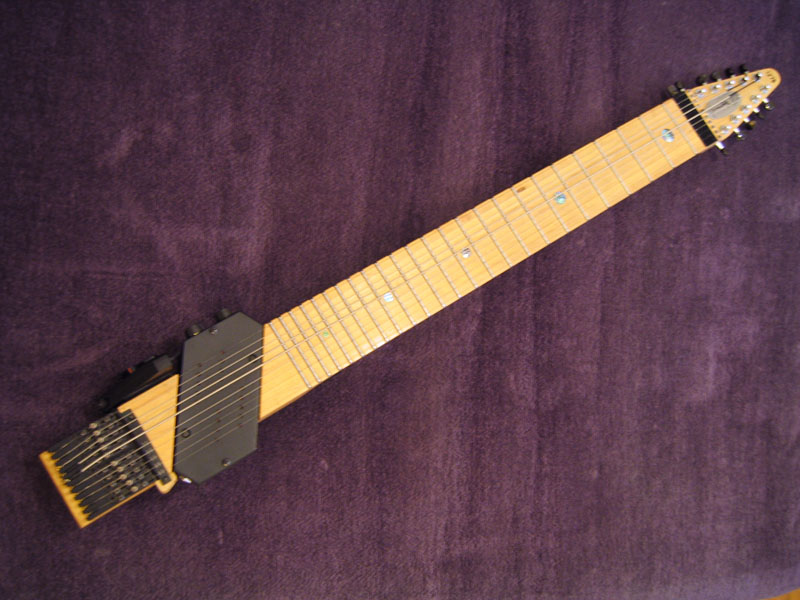
The Chapman Stick, invented by Emmett Chapman in the 1970s, is a unique stringed instrument that blends elements of guitar and bass. Musicians can play it by tapping the strings, which allows for complex, polyphonic music. Though initially marketed as a niche instrument, its appeal has grown over the years. Early models have become collectibles, and even newer versions can be quite valuable. The average price for a well-maintained vintage Chapman Stick now ranges from $1,500 to $3,000, with rare models fetching even more.
Cristal Baschet
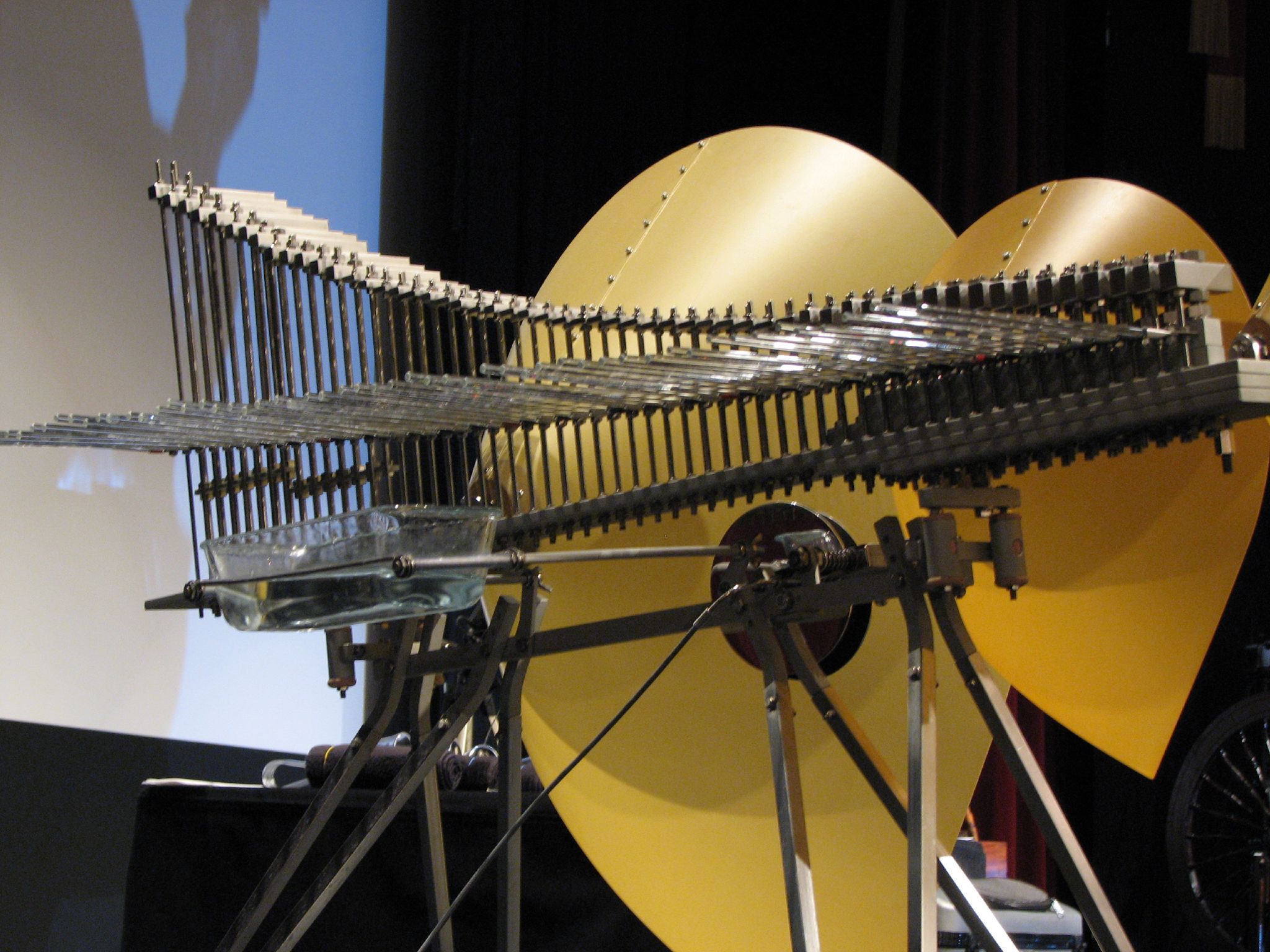
The Cristal Baschet is an extraordinary glass-based instrument invented by the Baschet brothers in the 1950s. Its sound is created by rubbing wet fingers along glass rods, creating ethereal and haunting tones. Only a limited number of these instruments were made, making them highly valuable to collectors. As a result, their rarity has driven up prices significantly. Today, a Cristal Baschet can command between $10,000 and $20,000, depending on its condition and history. This instrument is highly coveted by avant-garde musicians and sound designers.
Sarangi
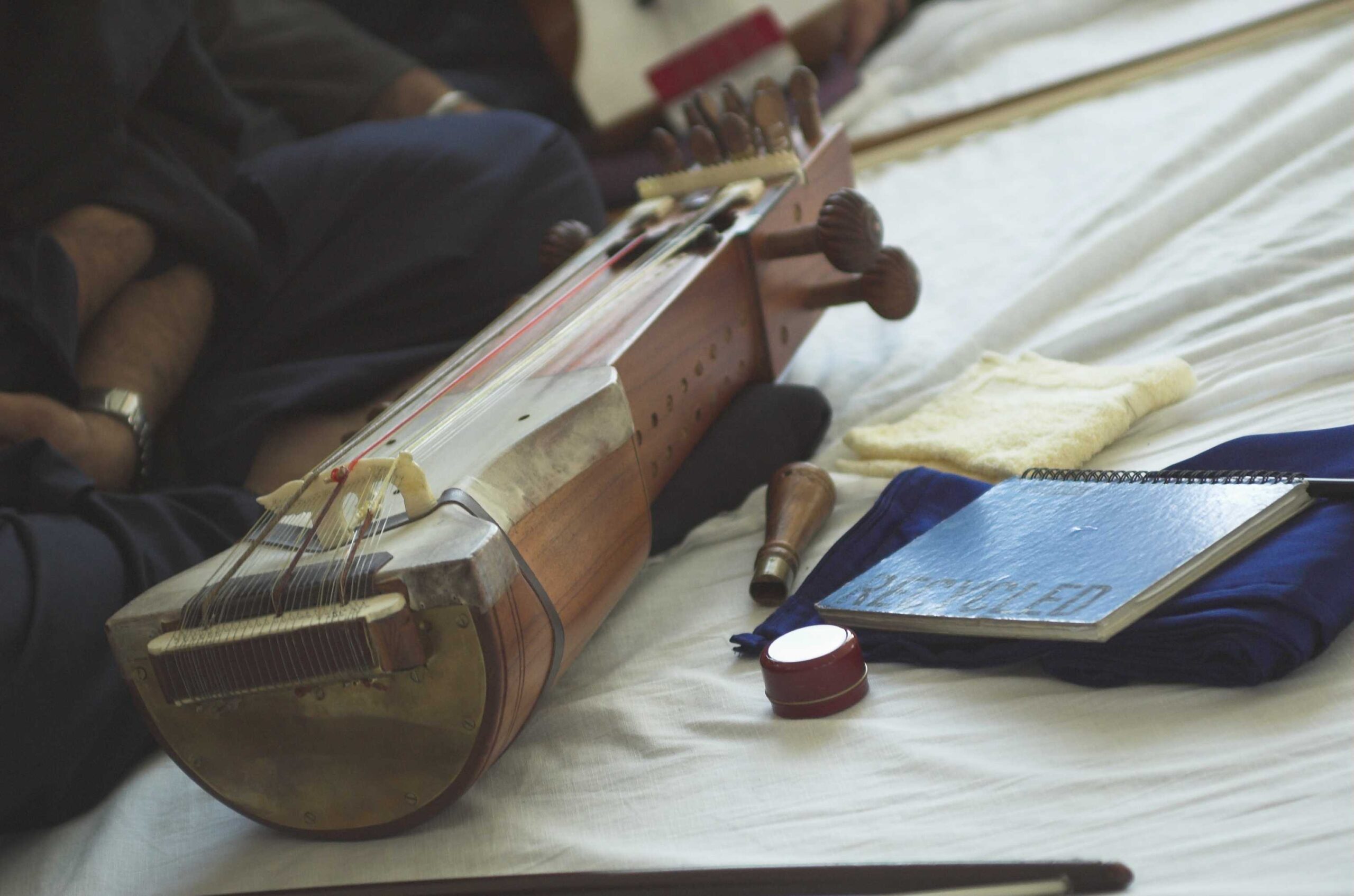
The Sarangi is a traditional Indian stringed instrument, known for its soulful, resonant tones. It has been used in Indian classical music for centuries, though it has declined in popularity over time. However, vintage Sarangis, especially those made by renowned luthiers, have appreciated significantly in value. Antique, well-crafted Sarangis can sell for as much as $2,000 to $5,000, while modern versions typically range from $500 to $1,000. Collectors and classical musicians often prize older Sarangis for their superior craftsmanship and deep, rich sound.
Glass Harmonica
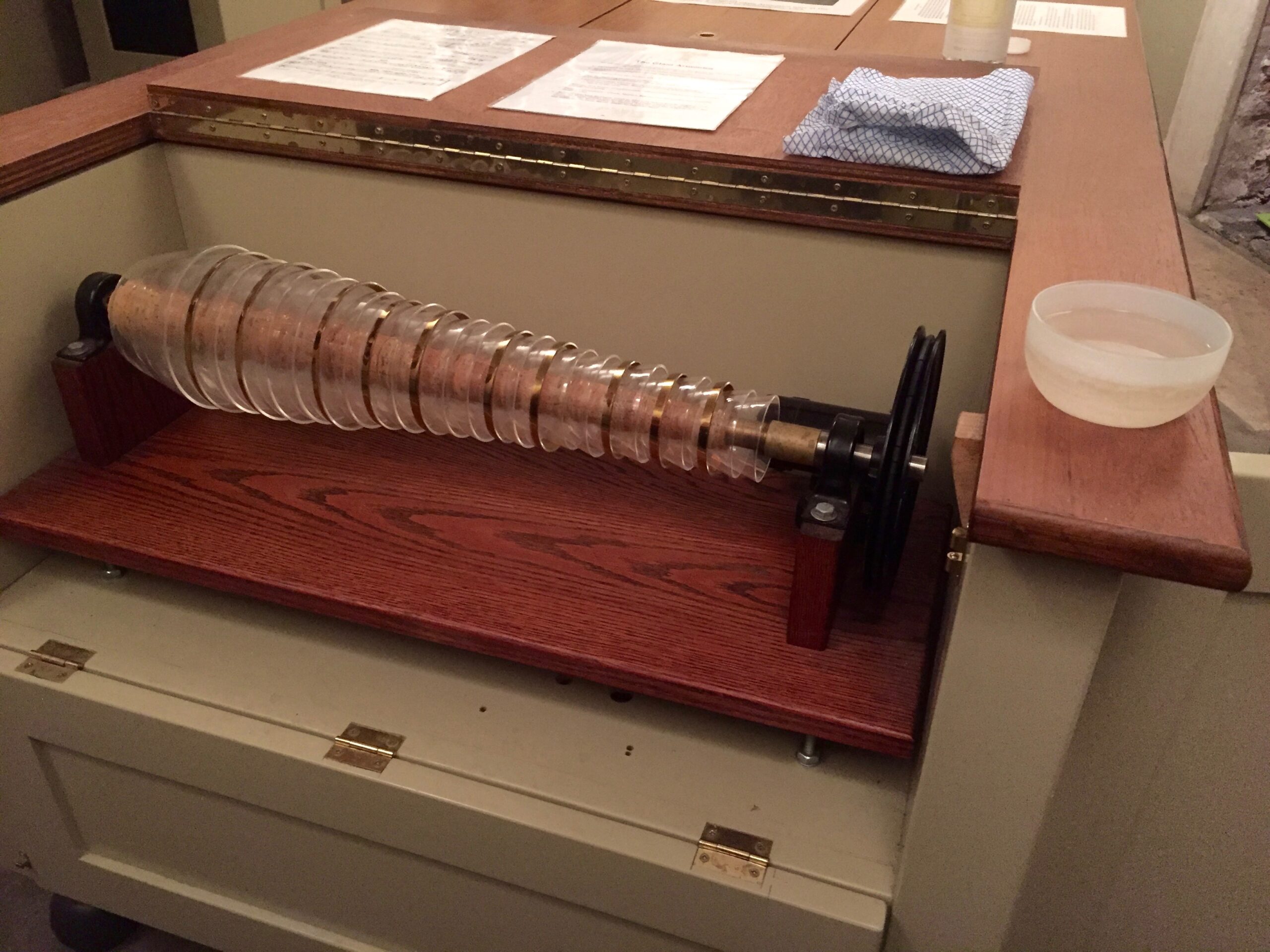
The Glass Harmonica, invented by Benjamin Franklin in 1761, is an obscure yet fascinating instrument that produces music by rubbing fingers on spinning glass bowls. Its hauntingly beautiful sound once charmed European royalty but eventually fell into obscurity. As interest in antique and rare instruments has surged, the Glass Harmonica has seen a resurgence in value. Well-preserved historical models are exceptionally rare, with prices reaching up to $40,000 or more. Modern reproductions still fetch impressive prices, often between $5,000 and $15,000.
Nyckelharpa
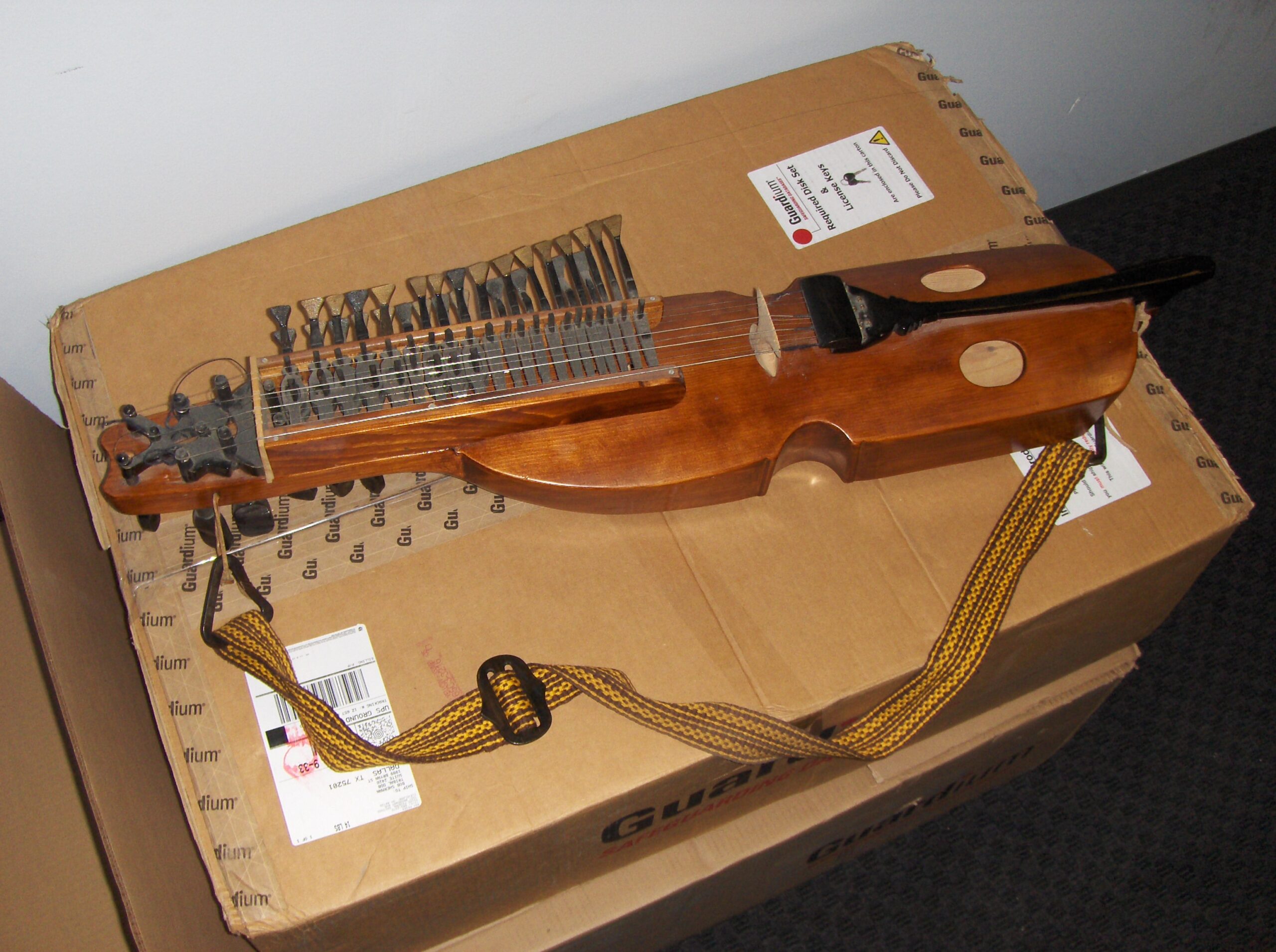
The Nyckelharpa is a traditional Swedish instrument with roots dating back over 600 years. It combines elements of a violin and a hurdy-gurdy, using keys to change the pitch of its strings. Though relatively unknown outside of Scandinavian folk music, the Nyckelharpa’s value has grown as more musicians and collectors appreciate its unique sound and craftsmanship. Prices for older, handmade Nyckelharpas have steadily climbed. A well-preserved vintage Nyckelharpa can now fetch between $2,000 and $10,000, while modern handmade versions typically start around $2,000.
Hurdy-Gurdy
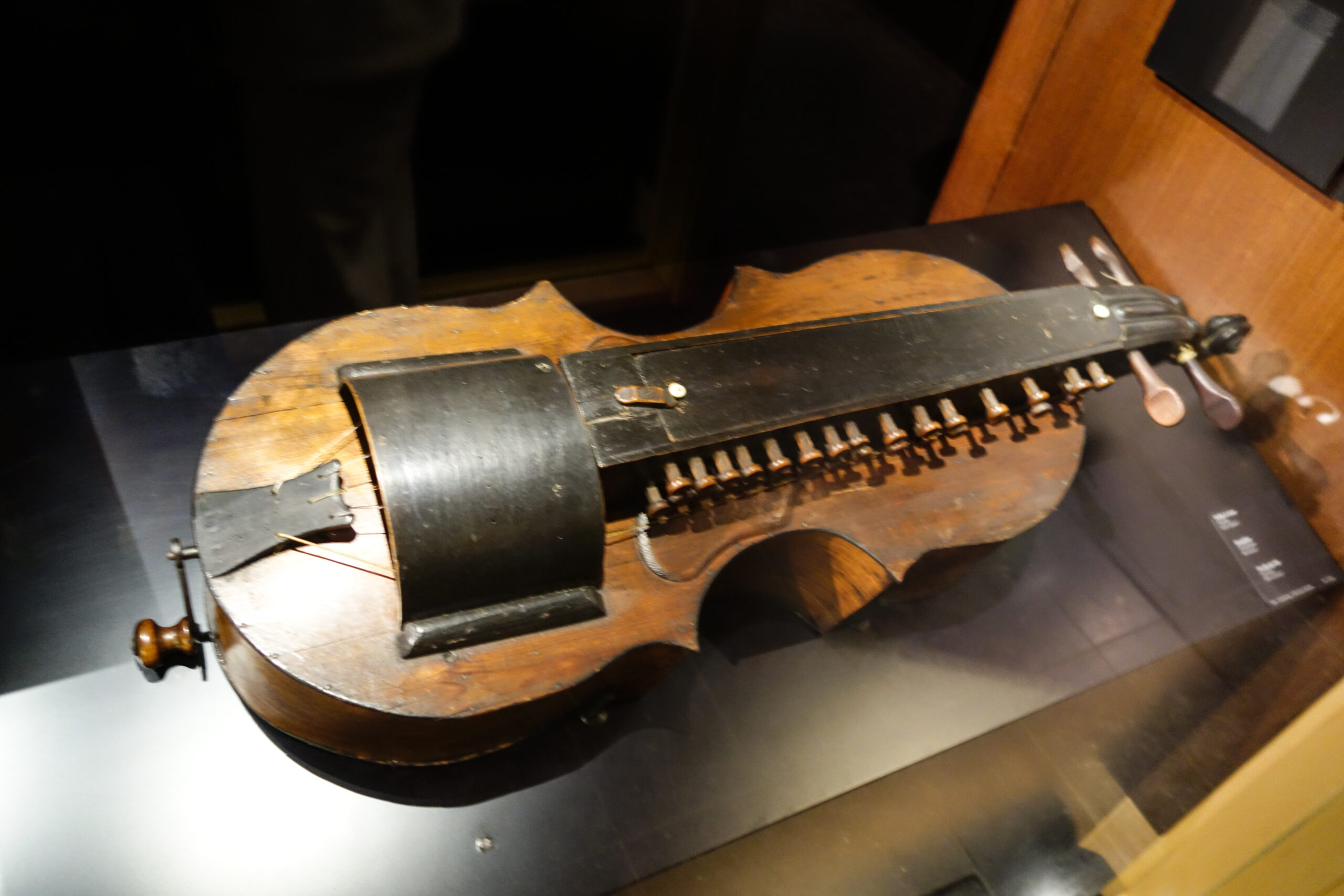
The Hurdy-Gurdy, with its distinct mechanical sound, has a history stretching back to the Middle Ages. It’s a stringed instrument played by turning a crank, which rubs a wheel against the strings to produce sound. Once popular in Europe, it fell into relative obscurity for centuries. However, interest in folk and medieval music has led to a revival in the Hurdy-Gurdy’s popularity. As a result, both vintage and newly handcrafted models have seen significant increases in value. Antique models can sell for anywhere between $3,000 and $20,000, depending on their condition and provenance, while high-quality modern versions range from $2,500 to $8,000.
Moog Synthesizer (Modular Series)
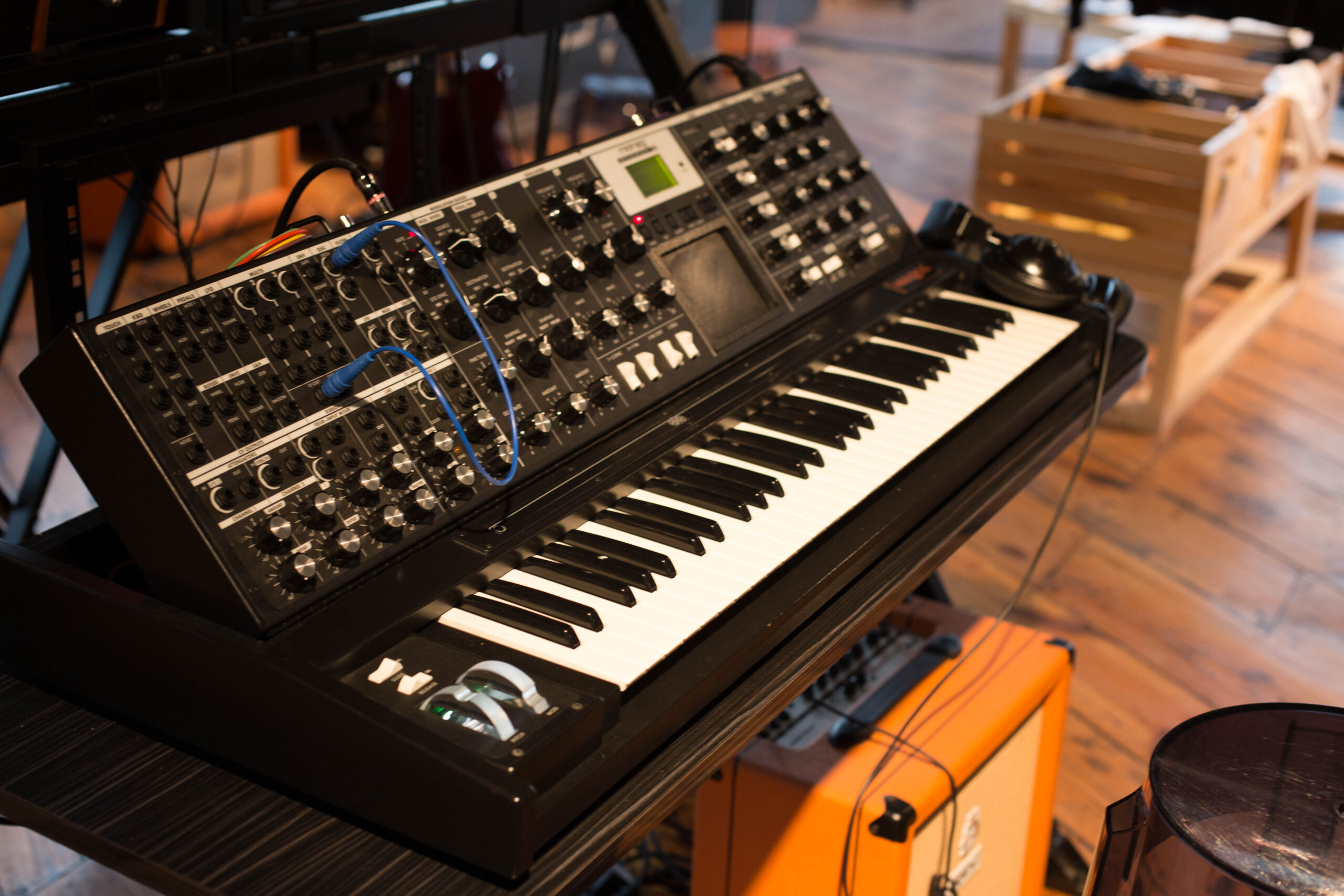
The Moog Synthesizer, particularly the Modular Series, revolutionized electronic music in the 1960s. Designed by Robert Moog, this analog synthesizer became iconic for its complex, rich sounds. Originally, it was quite expensive for its time, but now vintage Moog Modular systems are highly sought after by collectors and musicians alike. Prices for original Moog Modular systems have skyrocketed, often reaching between $20,000 and $50,000, depending on the condition and model. The increasing interest in analog gear and vintage electronics has made the Moog Modular a prized possession.
Hardanger Fiddle
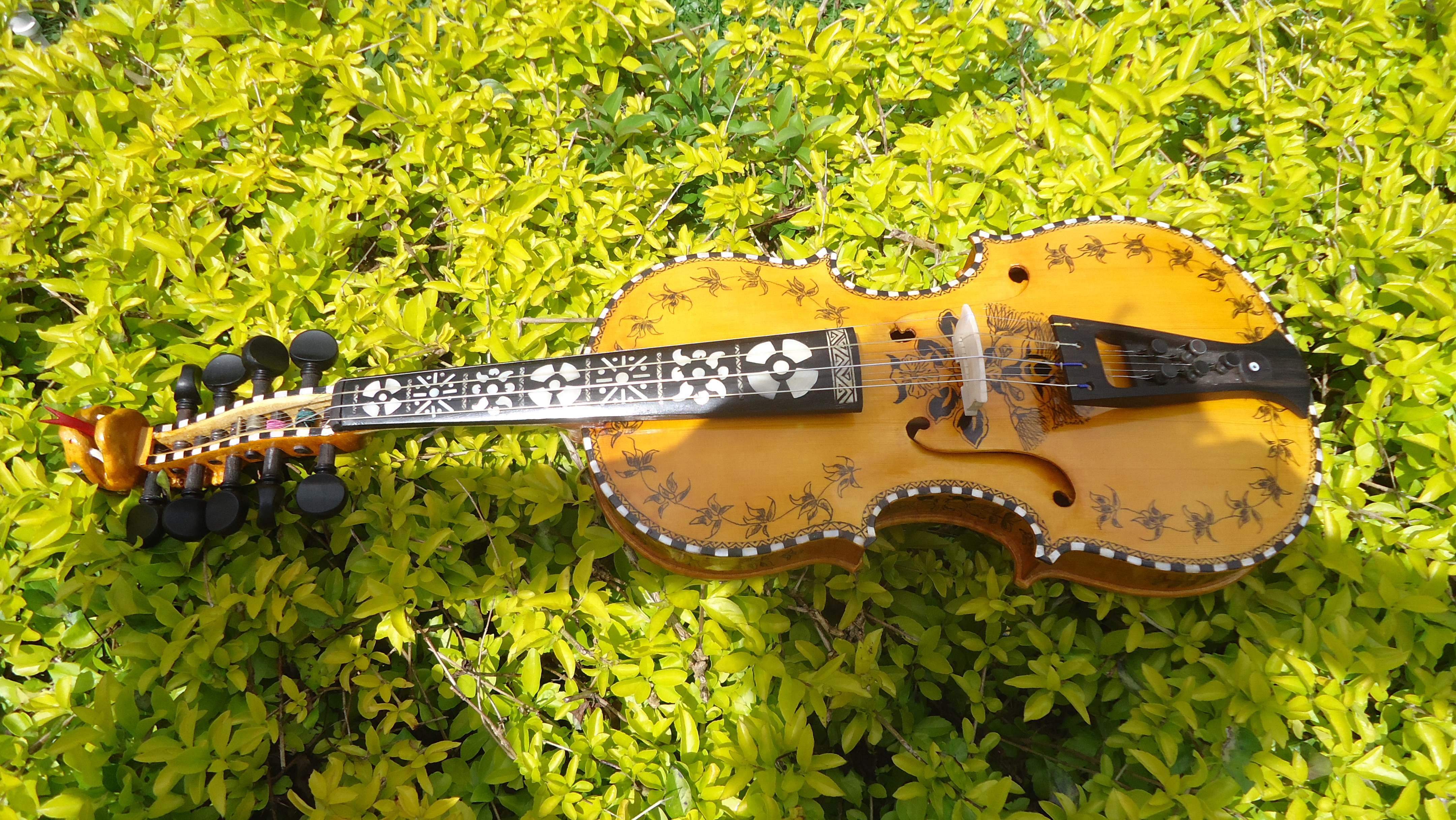
The Hardanger Fiddle, a traditional Norwegian string instrument, resembles a violin but with sympathetic strings that resonate to produce a rich, echoing sound. It has been used in Norwegian folk music for centuries, and its ornate decoration and distinct sound make it a highly valued instrument. Older, well-preserved Hardanger Fiddles have appreciated significantly in value, with some antique models fetching between $10,000 and $30,000. Modern handcrafted versions, while less expensive, still command prices of around $4,000 to $7,000. Collectors and folk musicians prize them for their craftsmanship and unique tonal qualities.
Balalaika
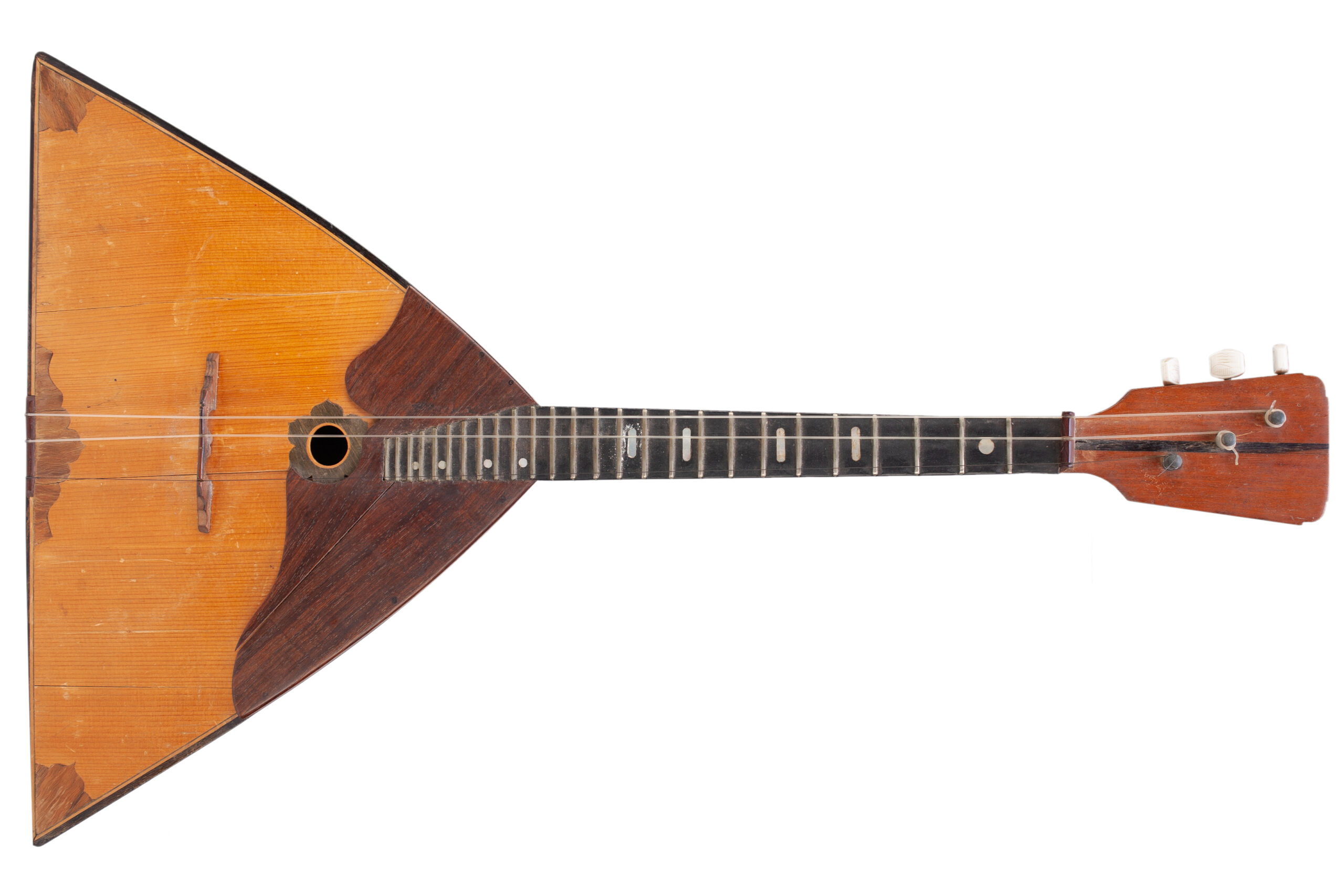
The Balalaika, a triangular-bodied, Russian stringed instrument, has a long history in Eastern European folk music. Vintage Balalaikas, particularly those from the 19th and early 20th centuries, have become collectible items. Well-crafted, older models can fetch prices between $1,500 and $5,000, depending on their condition and origin. Modern Balalaikas are generally less expensive but still valued for their cultural significance. The rising interest in traditional folk music and the scarcity of high-quality vintage models have driven up prices for this once-common instrument.
Cimbalom
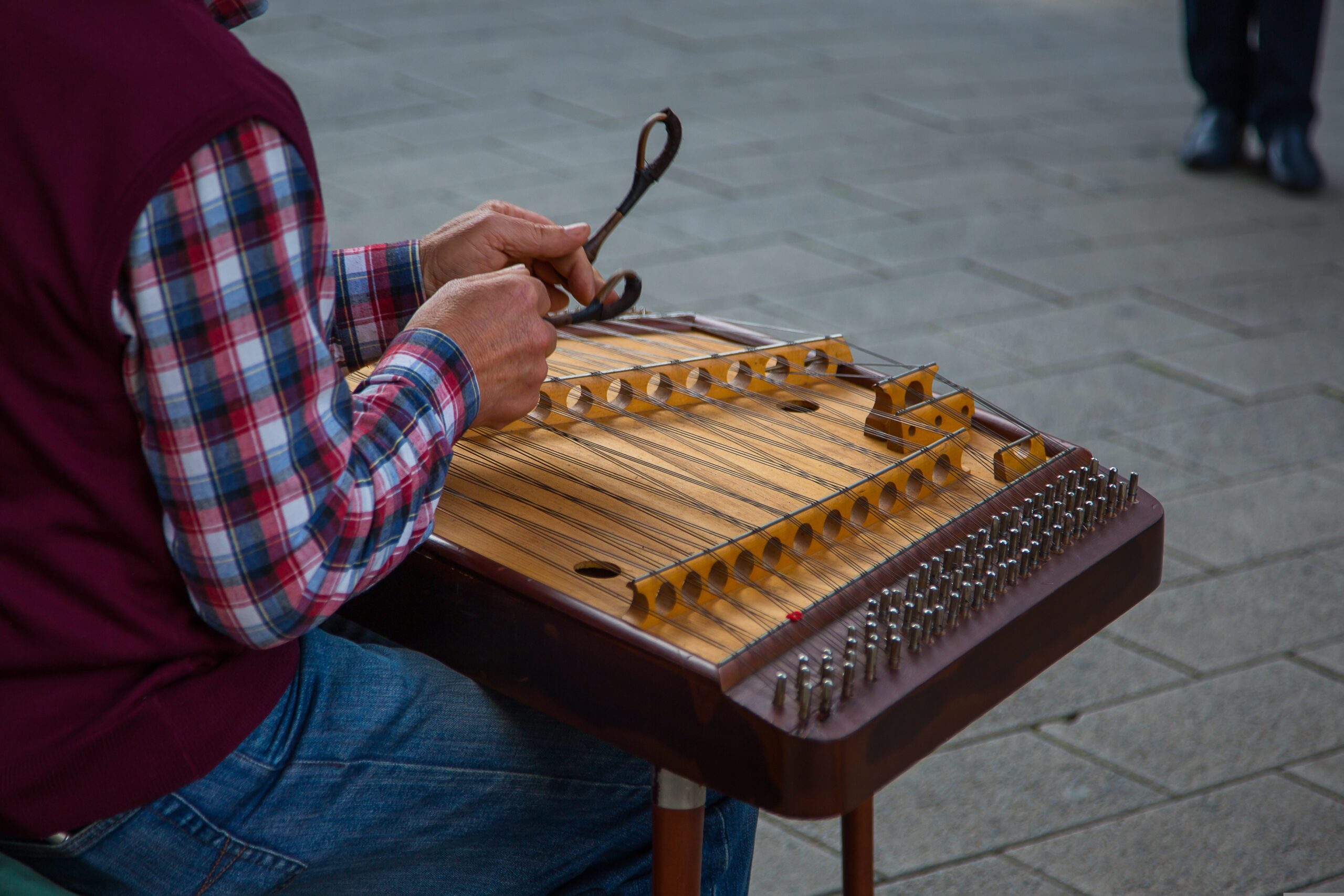
The Cimbalom is a large, hammered dulcimer from Eastern Europe, most commonly associated with Hungarian and Romanian music. Its complex structure and distinctive sound have made it a valuable instrument in both folk and classical music circles. Antique Cimbaloms, particularly those from renowned makers, have appreciated considerably over time. Prices for well-maintained vintage Cimbaloms can range from $10,000 to $30,000, depending on their age and craftsmanship. Modern versions, while still expensive, typically cost between $5,000 and $10,000.
Bandoneon
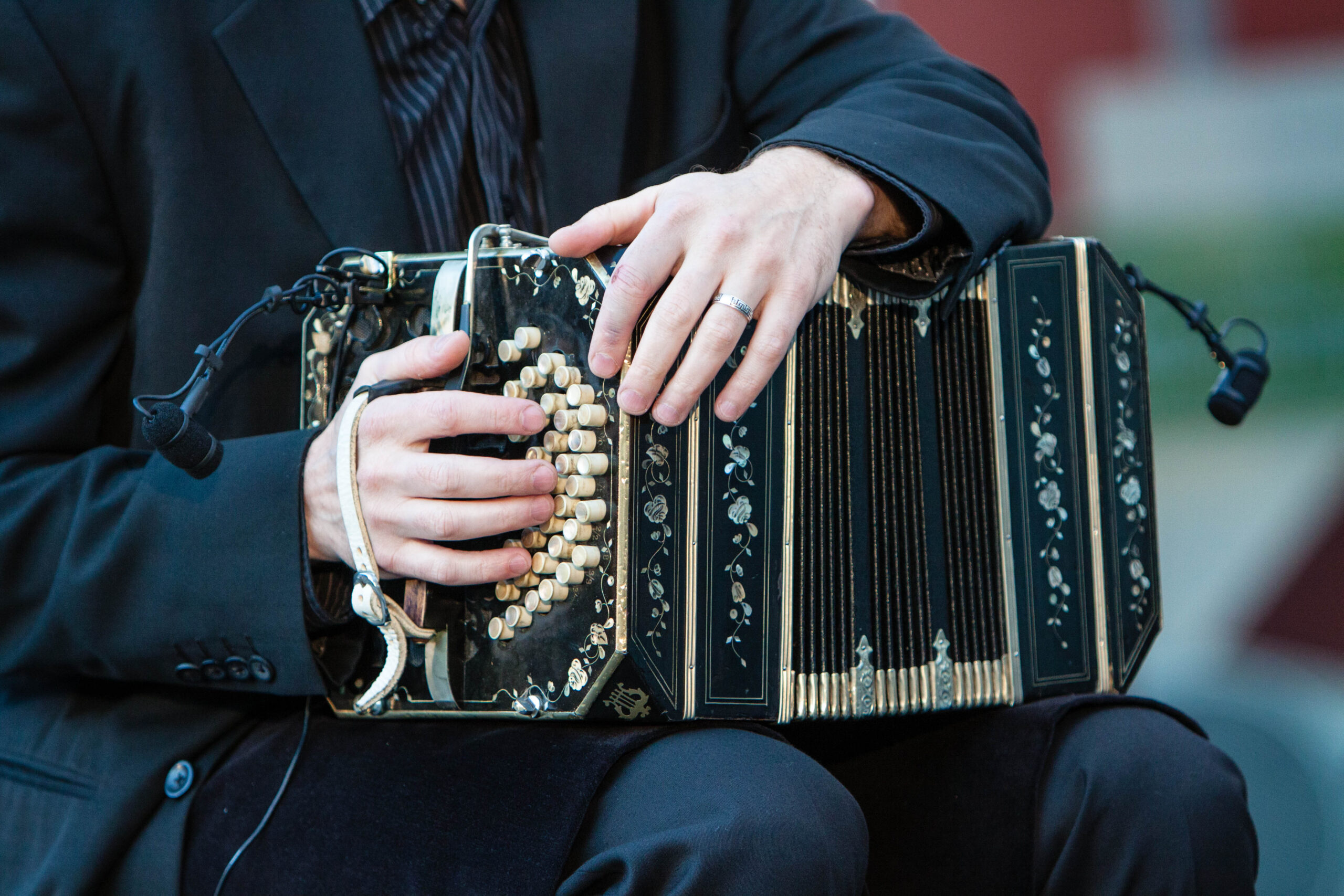
The Bandoneon, a type of concertina, is most famously associated with Argentine tango music. Its deep, expressive sound makes it a beloved instrument in the genre. Vintage Bandoneons, especially those from iconic manufacturers like Alfred Arnold, have seen a significant rise in value due to their rarity and high demand. Antique Bandoneons can now sell for anywhere from $3,000 to $10,000, depending on their condition and origin. Modern versions, while still valuable, generally cost between $1,500 and $5,000. Collectors and musicians alike seek out these instruments for their cultural significance and musical depth.
Octobass
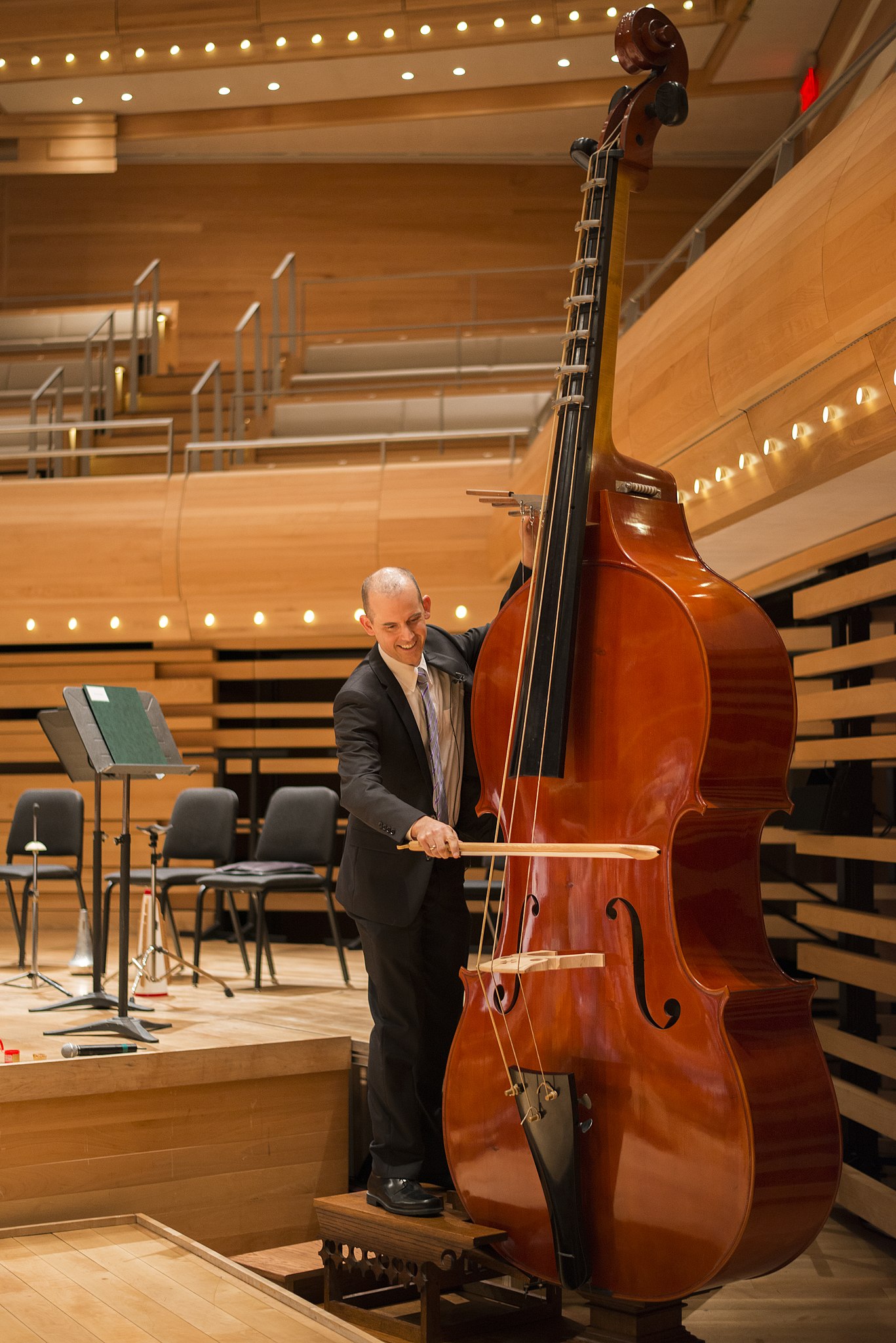
The Octobass is an enormous, rare string instrument that stands at over 11 feet tall. Invented in the 19th century, it produces incredibly deep, resonant tones that go below the range of a standard double bass. Due to its size and complexity, few were ever made, and even fewer survive today. As a result, the Octobass has become one of the most valuable string instruments in the world. A well-preserved Octobass, if available for sale, could command prices in the hundreds of thousands, though exact figures are difficult to determine due to its extreme rarity.
Continuum Fingerboard

The Continuum Fingerboard is a modern electronic instrument that allows for highly expressive, continuous pitch control across its surface. Invented by Lippold Haken, it’s often used by avant-garde musicians and composers for its versatility and unique sound. While still in production, early Continuum models have appreciated in value as they become more recognized in the music world. Depending on size and condition, prices for used Continuums typically range from $4,000 to $10,000. Its growing reputation among electronic musicians has made it a sought-after instrument in recent years.
This article originally appeared on Rarest.org.
More from Rarest.org
12 Classic Cars Abandoned in Barns Now Worth Millions
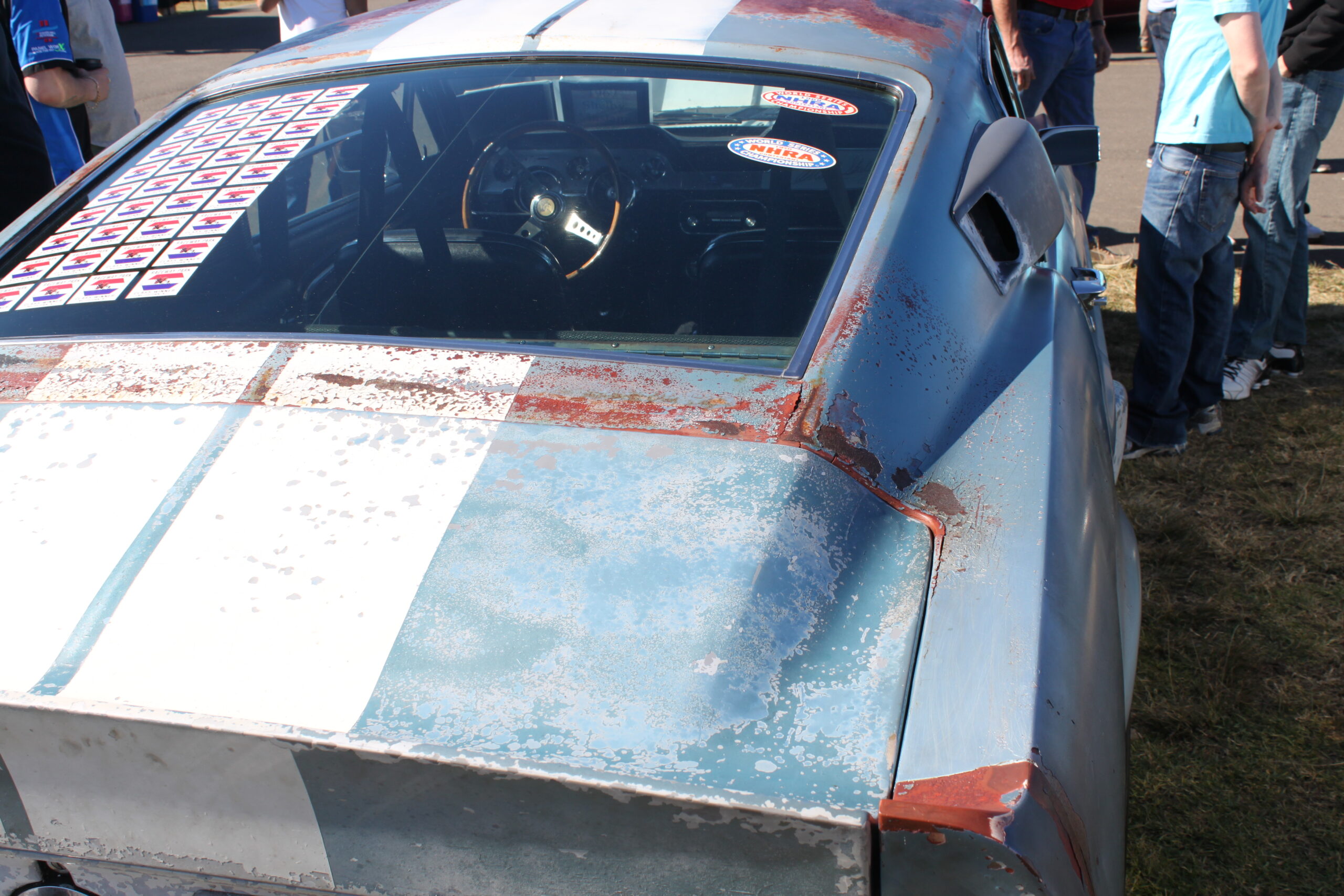
Classic cars often carry a unique charm, but some of the most iconic ones have been left abandoned in barns, forgotten for decades. Read More.
16 Rare Craters on Earth That Look Like They’re From Another Planet

Earth is home to craters that seem otherworldly in their beauty and scale. Read More.
20 Exotic Birds in Danger of Disappearing from Our World

Exotic birds are among the most vibrant and unique species on our planet. However, many of these stunning creatures are at risk of vanishing forever. Read More.
